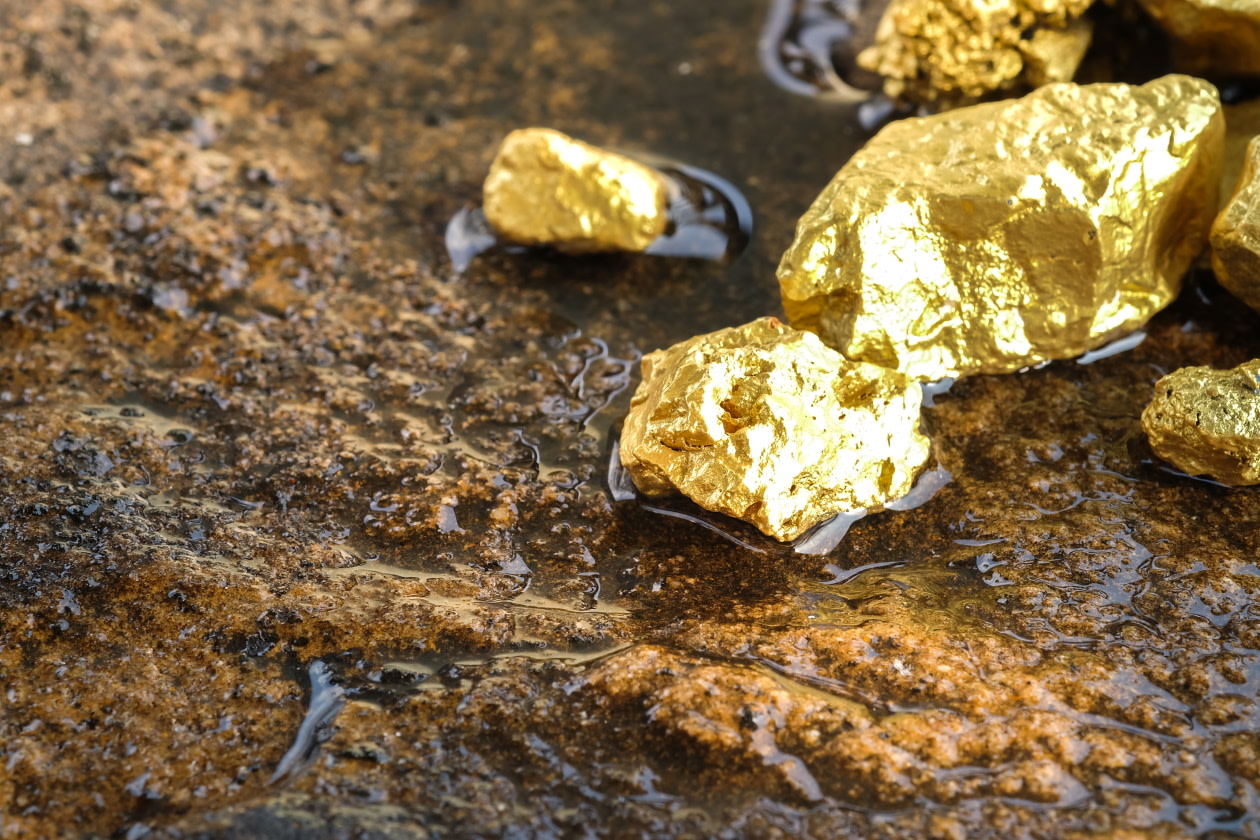Gold is an attractive commodity to lots of different groups. From investors wanting to try and shelter their money from stock market ups and downs to central banks diversifying their currency reserves, and a whole load of other investors in between.
Over the last five years the price gold has shot up by over 50%, and on 20 August 2024, we saw a new all-time high of $2529.75 per ounce.
But, what’s pushing the price of gold higher, and should you invest in the shiny stuff?
This article isn’t personal advice. If you’re unsure of the suitability of an investment for your circumstances seek advice. The value of investments can fall as well as rise, so you could get back less than you invest.
What has happened to the price of gold?
It’s not always easy to analyse flows in and out of gold because a lot of transactions don’t happen in the open. But it’s clear one of the main factors over the last couple of years has been central banks trying to diversify their reserves away from the US dollar.
This is particularly true for the People’s Bank of China, but other central banks also seem to have been buying up gold. By the third quarter of 2023, it’s thought that central banks owned about a fifth of all the gold ever mined.
Recently, falling interest rates in the UK and Europe and expectations the US will follow, have led to speculation that there might be more troubled economic times ahead. This, and the political uncertainty in the US right now, seems to be enticing other investors into gold as well.
Gold Price GBP
All that’s gold doesn’t glitter though. While its value has often risen in times of economic or political crisis, it’s not a one-way investment. For example, after a strong run in the 70s and early 80s, it took over 23 years to get back to its 1983 high. Hardly a ‘safe haven’.
How can retail investors invest in gold?
Investing in gold isn’t for everyone. It’s a specialist market area so investors should be prepared to take a long-term view and accept the associated volatility. Gold should usually only make up a small portion of a diversified investment portfolio.
Buying physical gold bars and coins can be expensive and impractical – you’ve got to find a way to keep them safe after all.
But there are other ways to invest in gold, usually through Exchange Traded Commodities (ETCs) and gold mining shares.
Exchange traded commodities
ETCs are listed and traded on a stock exchange in the same way as shares. They aim to track the price of a given commodity, either by holding it directly or gaining exposure using derivatives.
Physical gold ETCs (which hold actual physical gold) are one of the easiest and cheapest ways to invest in gold.
Some ETCs use complex derivatives to track the price of gold, instead of holding the physical asset. While their prices reflect movement in the metal over the short term, their performance can differ over a longer time period.
These ETCs are a higher risk way of tracking the price of gold and should only be considered by sophisticated investors. You can find out how a given ETC tracks the price of gold by looking at the ‘replication method’ on the ETC’s factsheet.
Gold miners
Two factors set investing in gold miners apart from investing in ETCs – the potential for gold price-beating returns, and dividends.
As you’d expect, gold miners’ fortunes are closely linked to the gold price. When prices are high, miners can be highly profitable, and can invest in new mines, returning cash to shareholders. When gold prices are low, some miners will struggle.
Profits depend on the price of gold and how much is produced, but also the cost of production.
Currencies have a role too. While gold is priced in dollars, mines can be anywhere on the planet, where costs will often be in volatile local currencies.
There are a lot of moving parts, so profits are often volatile too. The ability to cut costs and increase output though, means a well-managed gold miner with high-quality assets could potentially deliver good returns, even when the gold price is flat. Although, of course there aren’t any guarantees.
However there have been instances when there’s been ‘more variable’ returns, even when the gold price has risen.
One example, Acacia Mining (now owned by Barrick Gold) struggled in early 2017 after the Tanzanian government banned exports of mineral concentrates, stopping the group selling output from its major mines. Other gold miners are likely to be exposed to similar political and management risks too.
When investing in an individual mining share the money you get back will depend on that single company’s fate, which adds risk.
Given the unpredictably of this specialist sector, you might want to consider other investments, like funds which have exposure to gold and mining stocks through underlying holdings.
You can find funds with exposure to gold by using our fund search tool. They’re usually found within the specialist sector.



